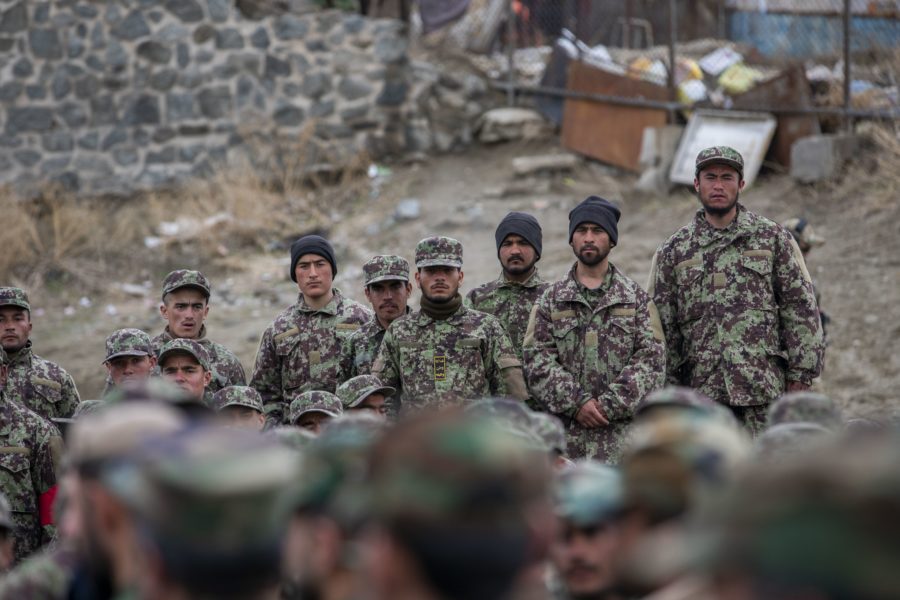The rate of Taliban violence continues to rise despite the now one-year-old peace deal aimed at ending the war in Afghanistan, and the Afghan military still struggles with maintaining its equipment and readiness, according to the Special Inspector General for Afghanistan Reconstruction.
SIGAR on March 10 released its 2021 “High Risk List,” which outlines specific areas of the U.S. government’s $143 billion reconstruction effort in the country. The report comes as the U.S. military considers abiding by the guidelines of the February 2020 peace deal, which calls for a full withdrawal by May.
“Although Afghanistan’s leadership have often stated that their goal is self-reliance, Afghanistan today is nowhere near to being self-reliant—especially in funding its government operations, including military and police—from its own resources,” the report states. “And, as highlighted in our report, reconstruction aid helps keep Afghanistan from reverting to a terrorist safe haven.”
There are between 55,000 and 85,000 Taliban fighters in Afghanistan, and their attacks have increased since the deal was signed. Each quarter of 2020 saw more enemy-initiated attacks compared to the same time in 2019, the report states.
John F. Sopko, the head of SIGAR, spoke at a Center for Strategic and International Studies event on March 10 outlining the report, highlighting specific shortfalls in the Afghan government and military that puts the U.S. in a difficult position.
The Pentagon estimates the Afghan military will need about $4.3 billion for fiscal 2021, and the Afghan government itself expects to contribute $610 million. While this total seems “paltry” in comparison to the American share, it still represents about 24 percent of Afghanistan’s total domestic revenue, Sopko said.
As such, the Defense Department no longer considers the goal of having Afghanistan’s military being self-sufficient by 2024 to be “realistic.” The Afghan government “still cannot manage money it currently receives from international donors,” he said.
Currently, there are about 18,000 Defense Department contractors in Afghanistan—6,000 of whom are American, 7,000 are third-country nationals, and the last 5,000 Afghans. The Afghan military relies on U.S. contractors to maintain equipment and supply chains. The Afghan National Army, for example, conducts less than 20 percent of its own maintenance work, relying on contractors for the rest.
The Afghan Air Force also heavily relies on contractors to maintain its fleet. A further drawdown of contractors and closure of bases would “effectively end all in-country aviation training contracts,” he said.
Without contract support, “No Afghan airframe could be sustained as combat effective for more than a few months,” Sopko said.


